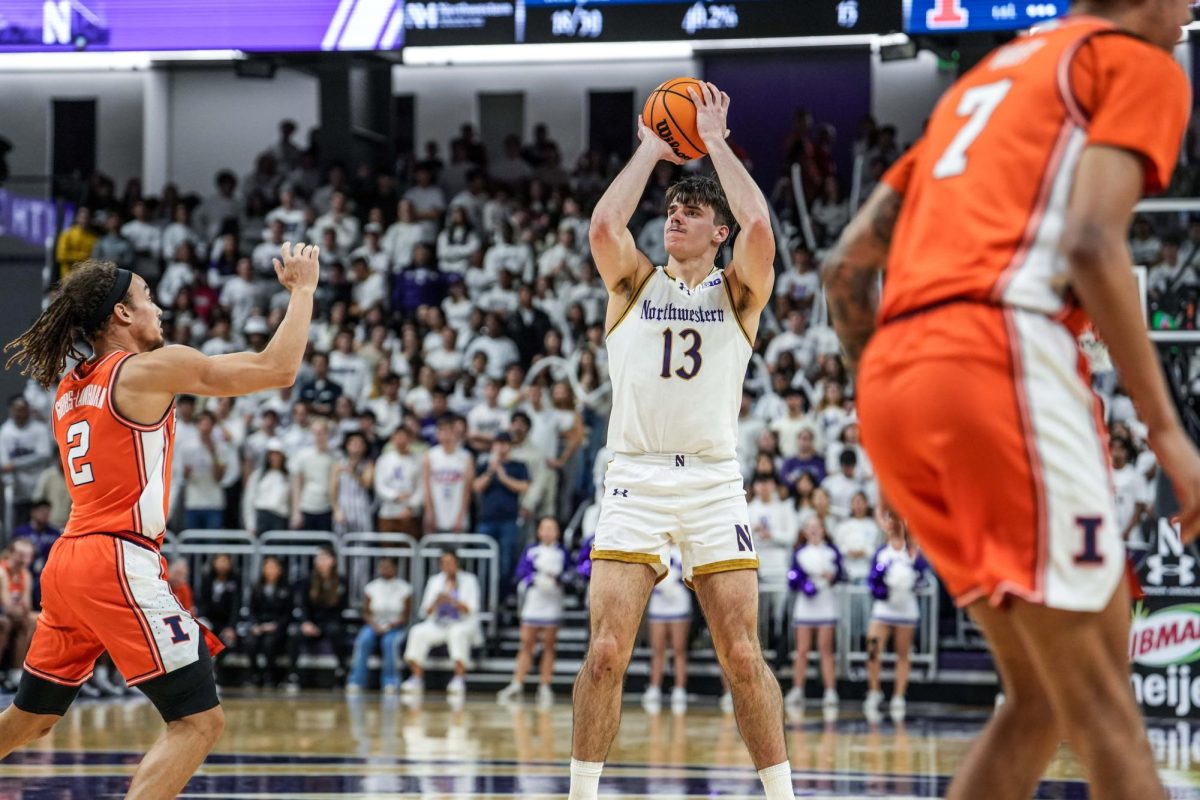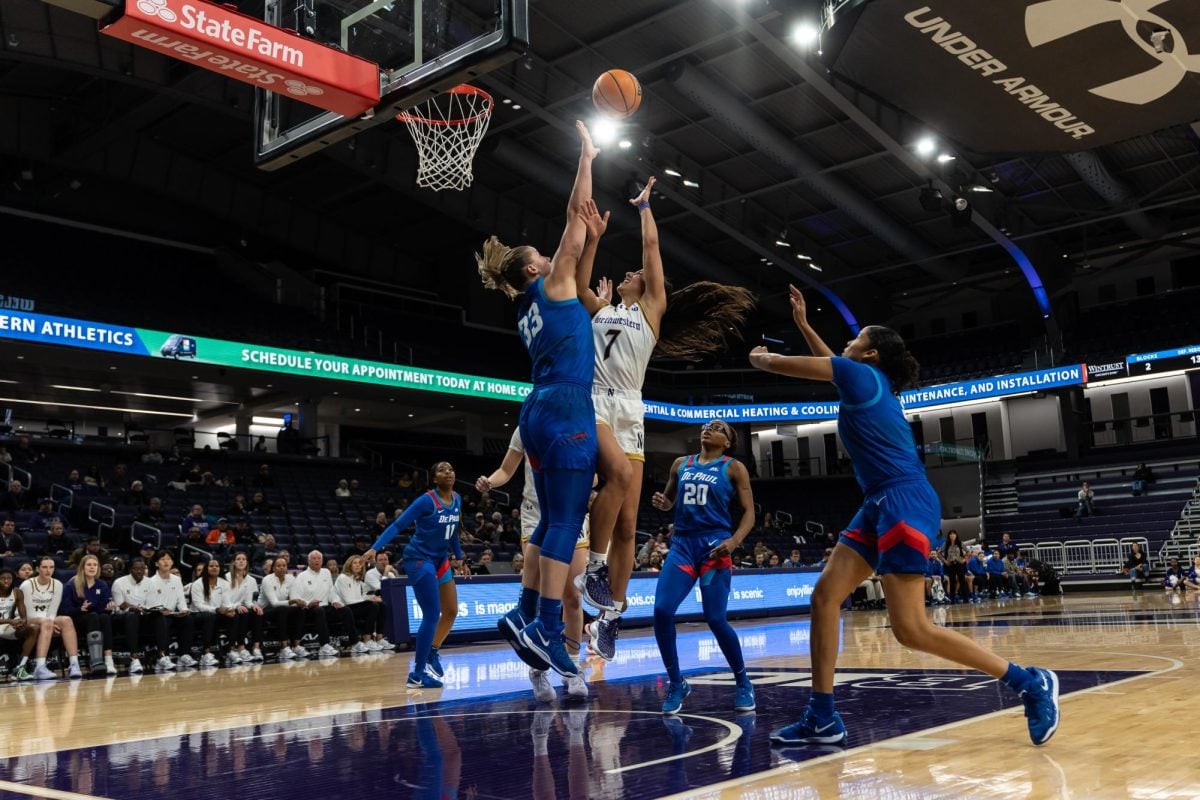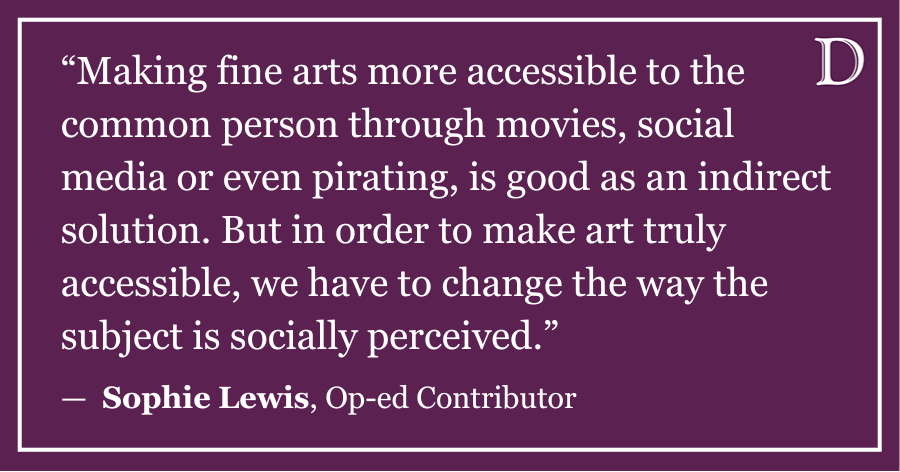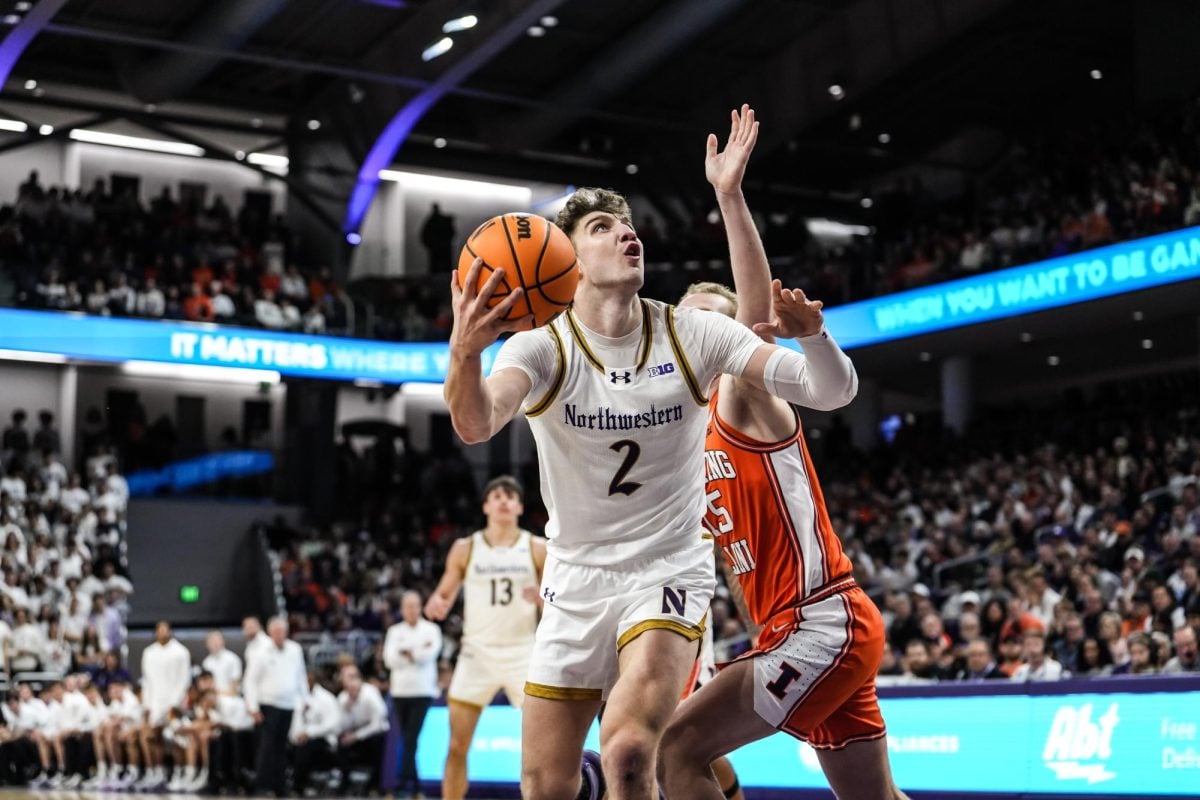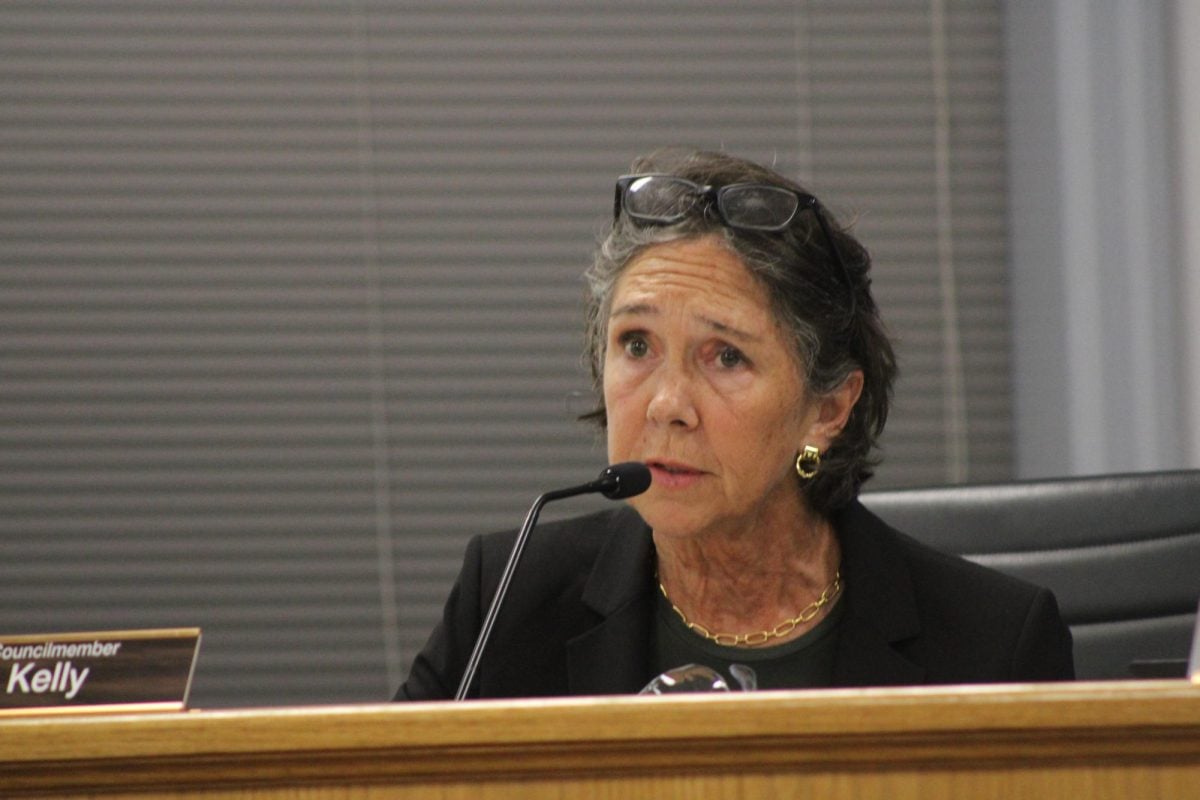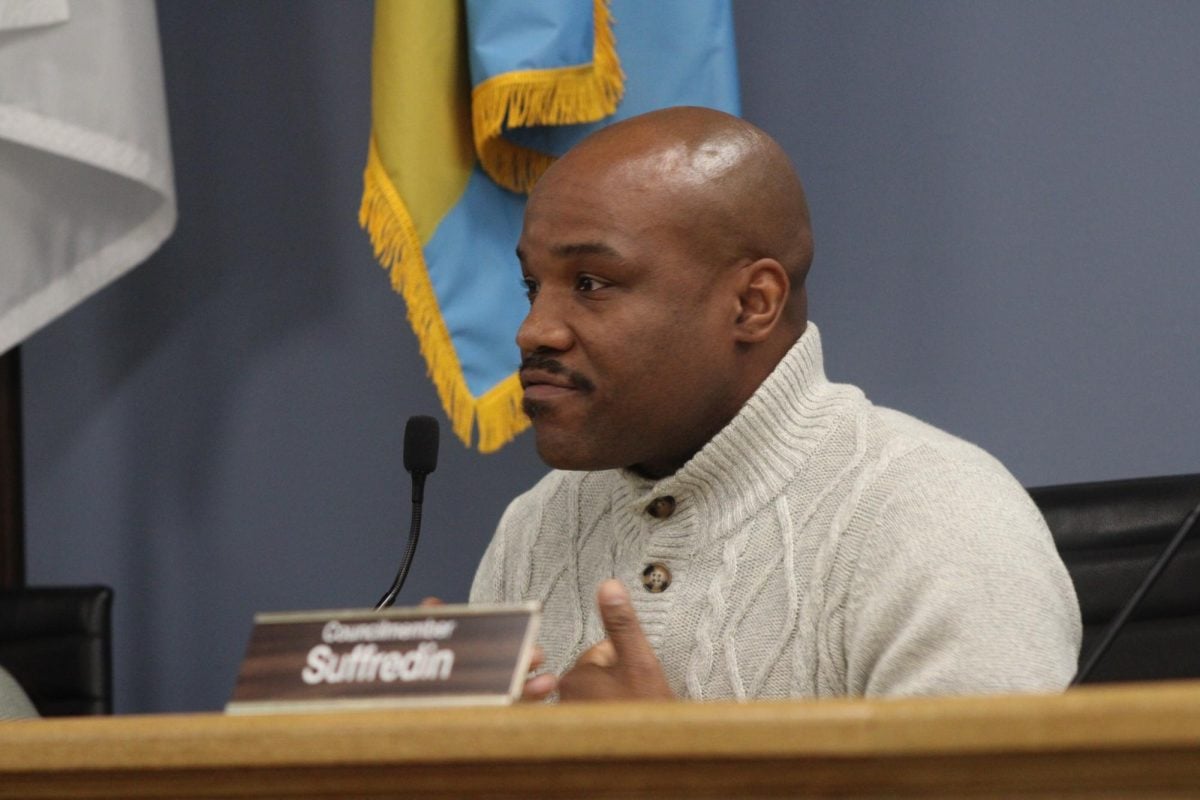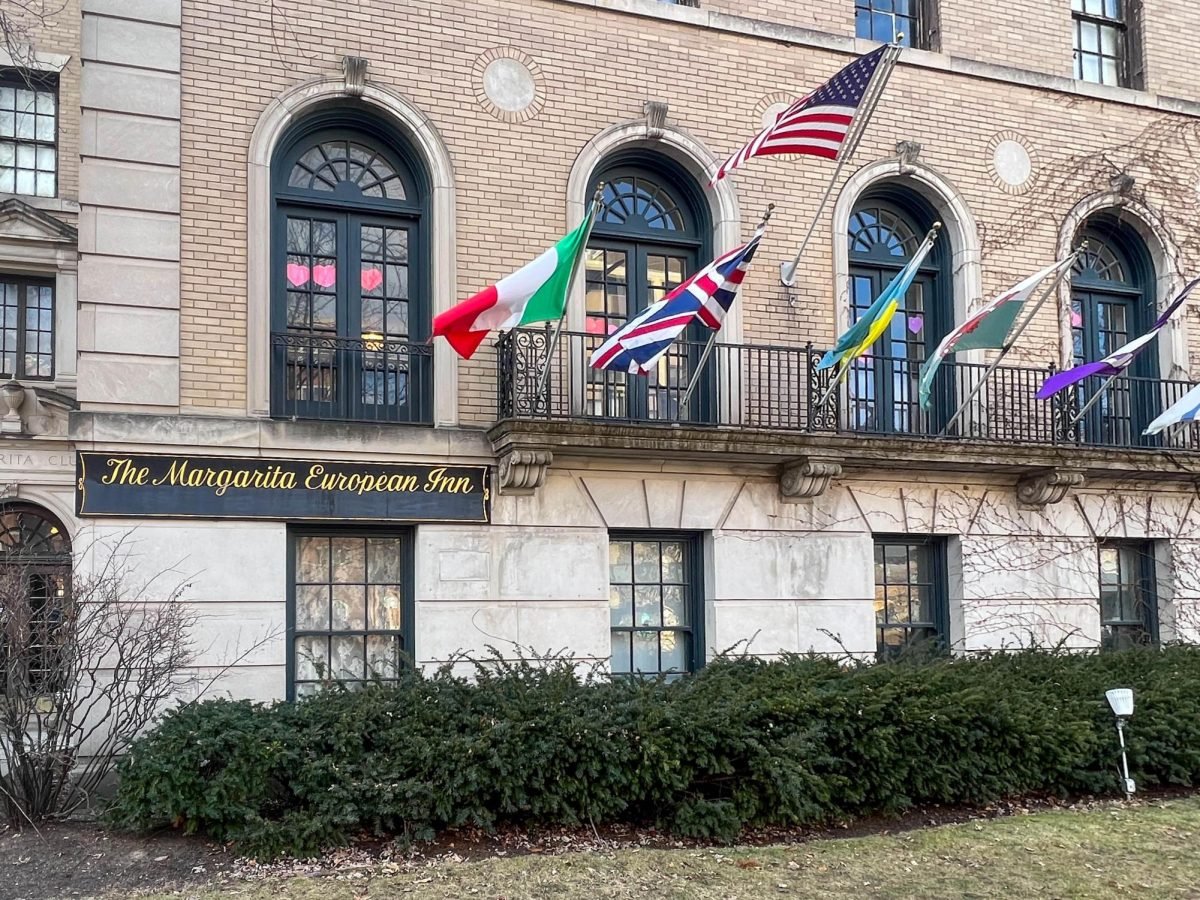Though the idea of waiting an hour in the emergency room before seeing a health care professional might seem unsettling, there’s a good chance it could happen if you’re an Evanston resident, a new database shows.
The federal government recently released an online database with ER wait times and other measures of efficiency from hospitals across the country, allowing patients to compare how their local hospitals stack up against state and national averages.
At Evanston’s St. Francis Hospital, patients generally wait a little more than an hour, on average, in the ER before seeing a health care professional, which is twice the national average of 30 minutes, according to the database.
Evanston Hospital has patients wait 41 minutes — almost 10 minutes more than the state average of 33. Northwestern Memorial Hospital in Chicago doesn’t fare much better: Data shows on average it’s a 50 minute wait before patients see a health care professional.
Why the delay? Dr. Morris Kharasch, chief of emergency medicine at Evanston Hospital and the three others within the NorthShore University HealthSystem, argued comparing data such as ER wait times for hospitals in urban cities like Chicago and rural areas with smaller populations is misleading.
Kharasch said anyone living within a 25-mile radius of Evanston Hospital might wind up in its ER, resulting in large volumes of patients. But people with serious and life-threatening injuries like broken bones and troubled breathing are seen immediately.
“What you have to do is build some perspective,” he said. “We’re in a city area with a high value of incidents and some hospitals are catch-all in the communities they serve.”
Dr. James Adams, the head of emergency medicine at Northwestern Memorial and a Feinberg professor, also said the numbers can be deceiving. Sometimes patients who would be better served in another department come into the ER and are forced to wait while staff attend to more serious cases, thus driving up the average wait time, he said.
“Someone will come in and say, ‘I was playing basketball and hurt my knee,’ and a nurse will put in an order for an X-ray and then go elsewhere where time is more critical,” Adams said.
When a hospital’s ER is up to capacity, it will go on bypass, meaning ambulances are directed to take patients to another hospital. Kharasch said that hasn’t happened recently at Evanston Hospital, as dispatchers can decide which one of the four hospitals in its system to send patients to without causing bottleneck points.
Bypass is rare at Northwestern Memorial, Adams said, although it did go on bypass during January’s flu epidemic.
Both hospitals have taken steps to improve ER efficiency. Kharasch said patients who come to Evanston Hospital’s ER are sometimes sent to physicians outside the hospital who are more suited to help them. During peak hours at Northwestern Memorial, doctors and nurses use a part of the waiting room to start preliminary tests and treatment on incoming patients, Adams said.
The data on emergency room care was collected during the first three months of last year, and Adams estimated the current average waiting time at Northwestern Memorial at about 30 minutes. But the hospital is always looking for ways to improve wait times, he said, describing ER efficiency as an interdisciplinary science involving business, medicine and engineering.
St. Francis Hospital could not be reached for comment.
The database is available at www.medicare.gov/hospitalcompare.
Correction: A previous version of this story misstated the name of the NorthShore University HealthSystem. The Daily regrets the error.









